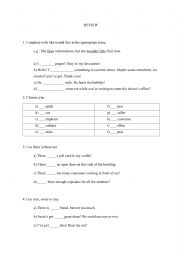
Mastering the Basics: The Indispensable Role of A1 ESL Grammar Review Worksheets
In the journey of learning English as a Second Language (ESL), the foundational A1 level is arguably the most critical. It is where learners first encounter the fundamental building blocks of the language, setting the stage for all subsequent progress. At this nascent stage, a robust understanding of basic grammar is paramount, and this is precisely where A1 ESL grammar review worksheets prove to be an invaluable resource. They offer structured, repetitive, and often engaging opportunities for learners to solidify their grasp of core grammatical concepts, transforming abstract rules into practical, usable knowledge.
The Common European Framework of Reference for Languages (CEFR) defines the A1 level as a "Breakthrough" or "Beginner" stage. Learners at this level can understand and use very basic everyday expressions and phrases, introduce themselves and others, ask and answer simple questions about personal details, and interact in a simple way provided the other person talks slowly and clearly. The grammar points introduced are similarly fundamental: the verb "to be," simple present tense, basic prepositions of place and time, articles (a, an, the), question words (who, what, where), possessive adjectives, and simple sentence structures. While these concepts might seem straightforward to native speakers, they represent significant hurdles for newcomers, making targeted practice essential.

The Cornerstone of Learning: Why A1 ESL Grammar Review Worksheets are Crucial
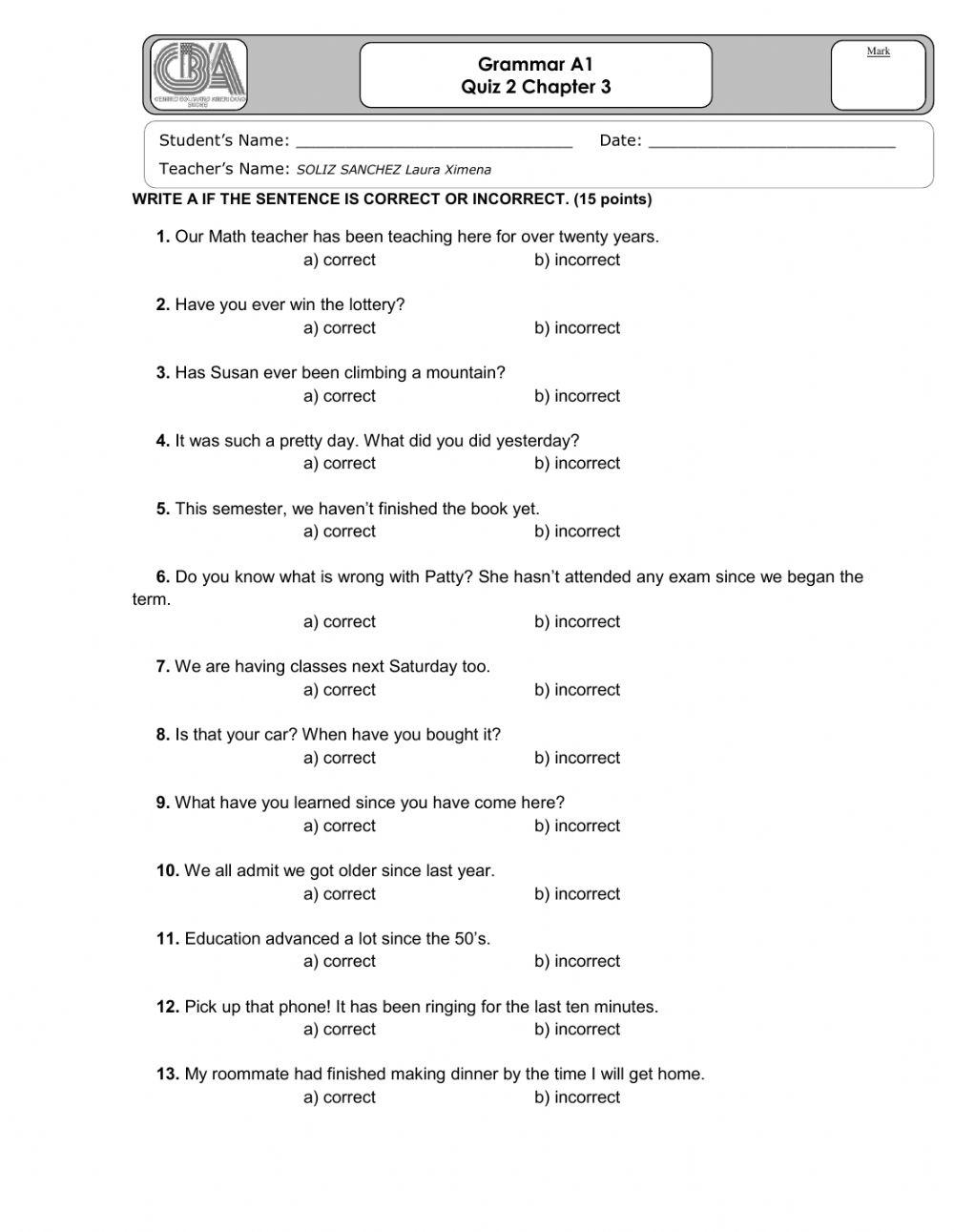
For both self-learners and students in a classroom setting, A1 ESL grammar review worksheets serve multiple vital functions. Firstly, they provide a structured environment for repetition, which is key to internalizing new language patterns. Unlike conversational practice where errors might go uncorrected or unaddressed in the moment, worksheets offer a controlled space to focus specifically on accuracy. Learners can repeatedly practice a particular grammar point until it feels natural, building muscle memory for correct sentence formation.

Secondly, worksheets act as diagnostic tools. When a learner struggles with a specific type of exercise, it immediately highlights an area of weakness that needs further attention. For teachers, this provides immediate feedback on what concepts need re-teaching or different approaches. For self-learners, it empowers them to identify their own "pain points" and seek out additional resources or explanations. This targeted approach to learning is far more efficient than simply hoping to absorb grammar rules through general exposure.
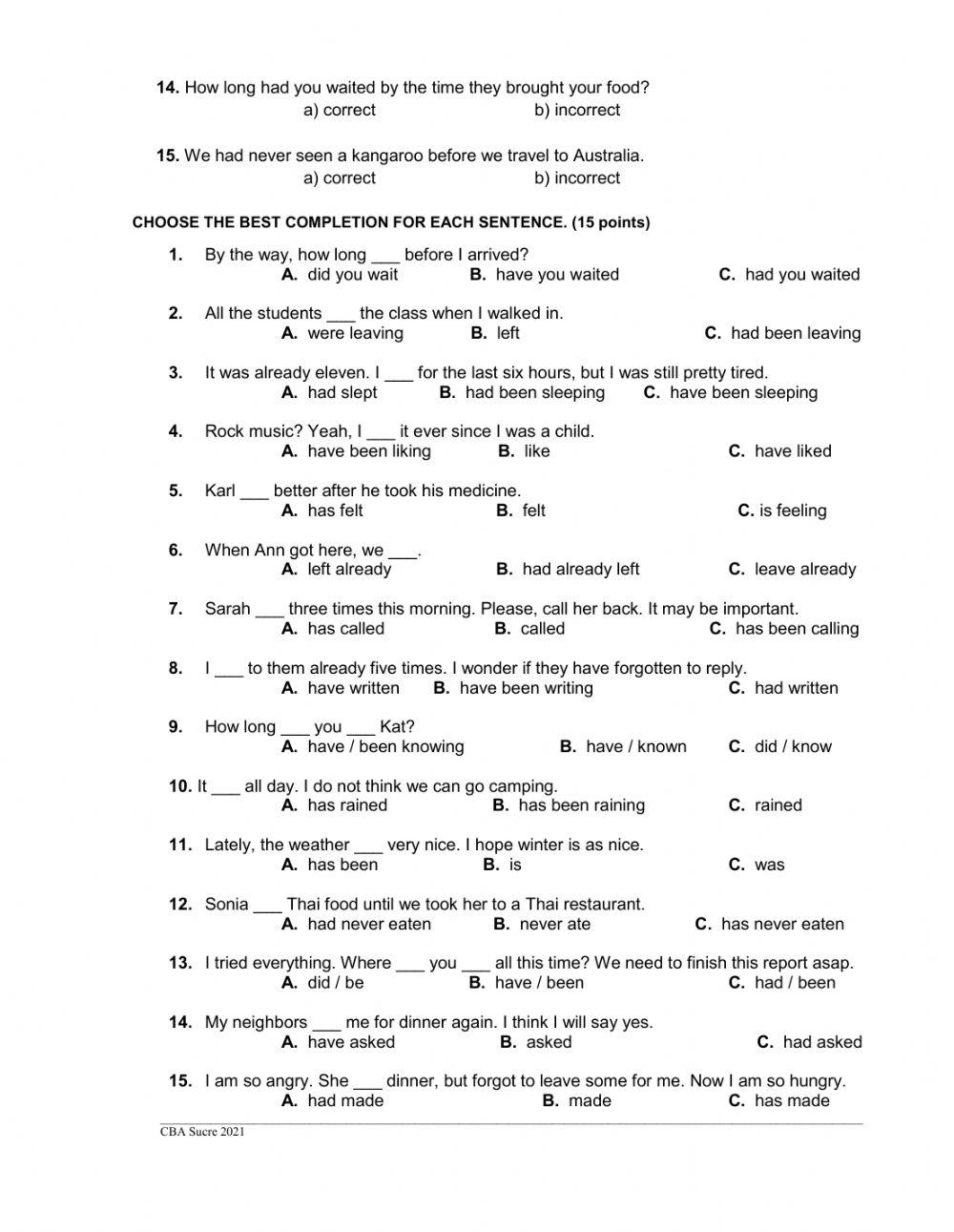
Moreover, worksheets cater to different learning styles. Visual learners benefit from seeing the rules applied in written form, while kinesthetic learners engage with the act of writing and filling in blanks. The clear, concise nature of most worksheets also helps reduce cognitive overload, allowing beginners to focus on one grammatical concept at a time without being overwhelmed by too much new information.
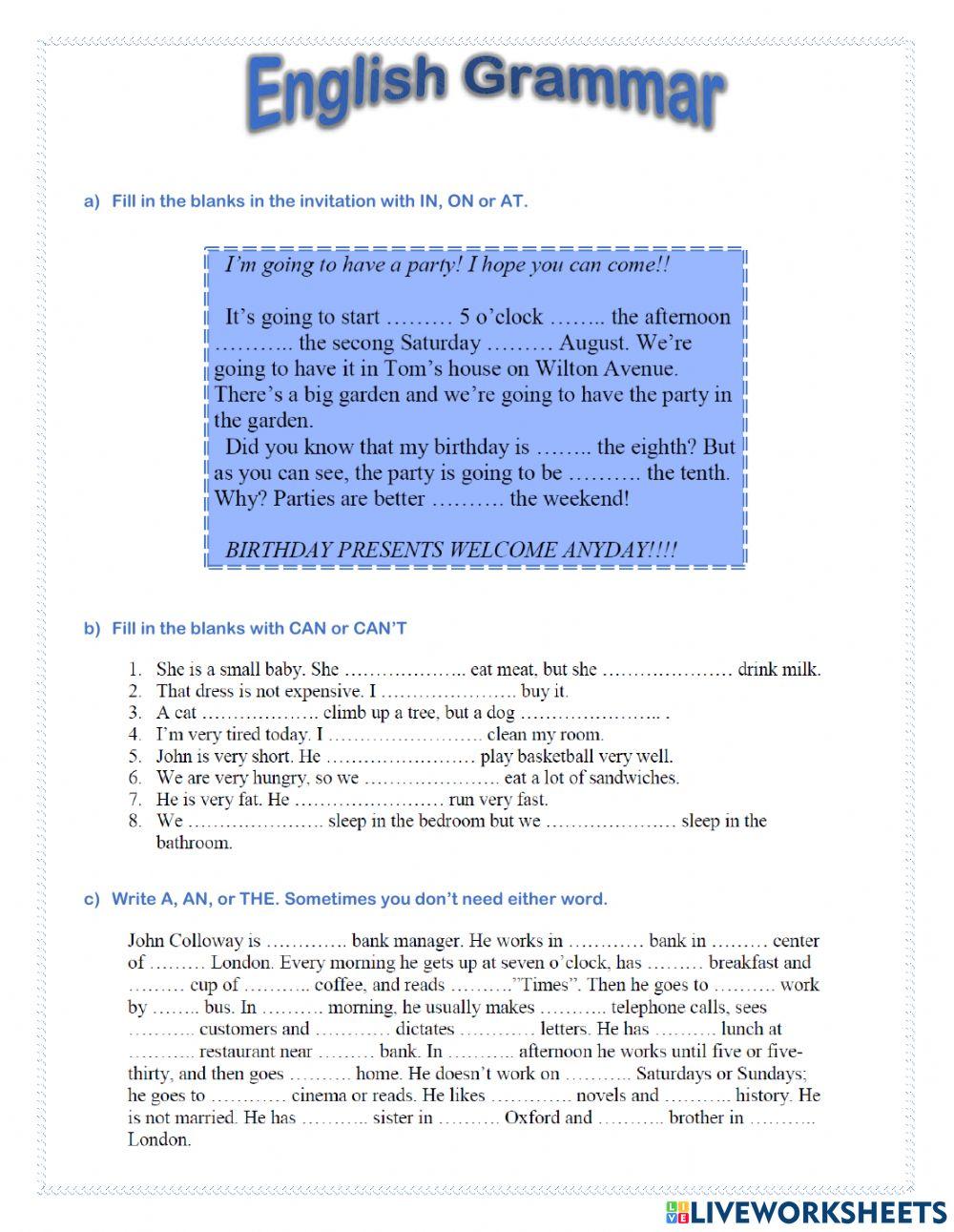
Deconstructing Key A1 Grammar Points and Their Worksheet Applications
To fully appreciate the utility of A1 ESL grammar review worksheets, let’s examine how they address some of the core grammar points at this level:
-
The Verb "To Be" (am, is, are): This is often the very first verb ESL learners encounter, and mastering its conjugations is fundamental. Worksheets targeting "to be" typically include:

- Fill-in-the-blanks: "I a student. She happy. They ____ in the park."
- Sentence completion: Students complete sentences using "to be" based on given subjects.
- Error correction: Identifying and correcting mistakes in sentences where "to be" is misused.
- Question formation: Turning statements into questions using "to be" ("Are you a student?").
- Picture description: Describing what people or objects "are" in a picture ("He is tall. They are friends.").


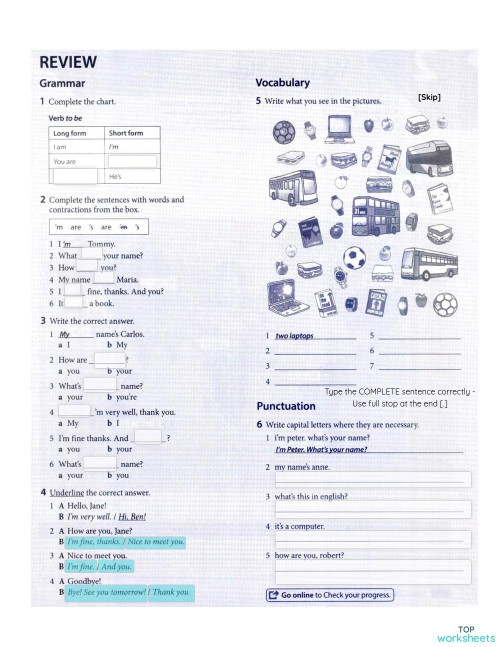
-
Simple Present Tense: Used for habits, routines, facts, and general truths. The concept of adding "-s" for third-person singular (he, she, it) is a common stumbling block. Worksheets focus on:
- Conjugation tables: Filling in verb forms for different subjects.
- Sentence unscramble: Rearranging words to form correct simple present sentences.
- Daily routine descriptions: Using simple present to describe a typical day.
- "Do/Does" questions and negatives: Practicing forming questions and negative sentences with the auxiliary verbs "do" and "does."
-
Articles (a, an, the, zero article): Deciding when to use "a," "an," "the," or no article can be challenging due to differences with native languages. Worksheets help by:
- Categorization: Sorting nouns into "a," "an," or "the" categories.
- Contextual fill-in-the-blanks: Choosing the correct article based on the noun’s specificity ("I have apple. apple is red. I like ___ apples in general.").
- Paragraph completion: Filling in articles in a short story or description.
-
Prepositions of Place (in, on, at, under, next to): Crucial for describing locations. Worksheets often use:
- Picture-based exercises: Describing where objects are in a room or scene ("The book is on the table. The cat is under the chair.").
- Matching: Matching prepositions to images that depict them.
- Sentence creation: Students write sentences using given prepositions.
-
Possessive Adjectives (my, your, his, her, its, our, their): Essential for expressing ownership. Worksheets include:
- Substitution drills: Replacing proper nouns with possessive adjectives ("This is John’s book" becomes "This is his book").
- Sentence completion: "This is ____ car" (with a subject provided).
- Dialogue practice: Filling in missing possessive adjectives in simple conversations.
Diverse Formats and Engaging Activities
The effectiveness of A1 ESL grammar review worksheets is significantly enhanced by variety in their formats. Beyond the common fill-in-the-blanks, teachers and learners should seek out or create:
- Multiple Choice: A quick way to test recognition and understanding.
- Matching Exercises: Pairing sentence halves, questions with answers, or rules with examples.
- Sentence Unscrambling: Challenging learners to apply word order rules.
- Error Correction: Developing critical thinking and a deeper understanding of correct usage.
- Transformation Drills: Changing sentences from positive to negative, singular to plural, or statement to question.
- Picture-Based Prompts: Using visuals to elicit sentences with target grammar, making the exercises more contextual and less abstract.
- Short Answer Questions: Encouraging learners to produce complete sentences using the target grammar.
- Simple Dialogues/Short Stories with Gaps: Integrating grammar into a more natural, communicative context.
Making these worksheets engaging, even at a basic level, is key. Incorporating relevant vocabulary, using simple illustrations, and designing exercises around everyday scenarios (e.g., introducing family members, describing a room, talking about daily routines) can significantly boost motivation and retention.
Benefits for Learners: Building Confidence and Competence
For the beginner learner, the consistent engagement with A1 ESL grammar review worksheets yields tangible benefits:
- Active Recall and Reinforcement: Worksheets demand active participation, prompting learners to retrieve and apply grammar rules rather than passively receiving information. This active recall strengthens memory pathways.
- Immediate Feedback: Many worksheets come with answer keys, allowing learners to self-correct and understand their mistakes immediately. This instant feedback loop is crucial for effective learning.
- Independent Learning: Worksheets are ideal for self-study. Learners can progress at their own pace, focusing on areas they find challenging without feeling rushed or embarrassed.
- Systematic Progress: By working through a series of worksheets, learners build a systematic understanding of grammar, moving from simpler concepts to slightly more complex ones, creating a solid linguistic foundation.
- Confidence Boost: Successfully completing worksheets and seeing clear progress provides a significant confidence boost, encouraging learners to take on more complex language tasks.
Benefits for Educators: Streamlining Instruction and Assessment
Teachers also reap significant rewards from integrating A1 ESL grammar review worksheets into their curriculum:
- Diagnostic Tool: As mentioned, worksheets quickly highlight common errors and areas where the class as a whole or individual students need more help.
- Supplemental Practice: They provide excellent homework assignments or in-class activities to supplement main lessons, ensuring sufficient practice time outside of direct instruction.
- Differentiation: Teachers can easily provide different worksheets to students with varying needs, offering simpler exercises to those struggling or more challenging ones to those who are ready for an extra push.
- Time-Saving: Ready-made worksheets save teachers valuable preparation time, allowing them to focus more on lesson planning and student interaction.
- Objective Assessment: Worksheets offer a clear, objective way to assess comprehension of specific grammar points, providing measurable data on student progress.
Maximizing the Effectiveness of A1 ESL Grammar Review Worksheets
To get the most out of these valuable tools, a few best practices should be followed:
- For Learners:
- Don’t just fill in answers: Understand why an answer is correct or incorrect.
- Use an answer key wisely: Try to complete the worksheet first, then check your answers. If you make a mistake, try to figure out why before looking at the explanation.
- Review regularly: Periodically revisit older worksheets to reinforce concepts.
- Combine with other activities: Don’t rely solely on worksheets. Practice speaking, listening, and reading to integrate grammar into all language skills.
- For Teachers:
- Provide clear instructions: Ensure beginners understand what they need to do.
- Offer timely feedback: Correct and explain errors constructively.
- Integrate into lessons: Use worksheets as a follow-up to a grammar explanation, not a standalone activity without context.
- Encourage discussion: After completing a worksheet, discuss the answers as a class, allowing students to explain their reasoning.
- Vary types: Mix up fill-in-the-blanks with matching, error correction, and creative sentence building.
Where to Find and Create High-Quality Worksheets
The internet is a treasure trove of A1 ESL grammar review worksheets. Websites like ESLPrintables, ISLCollective, BusyTeacher, and many independent ESL blogs offer vast collections, often categorized by grammar point and CEFR level. Textbooks designed for A1 learners also typically include numerous exercises. For those with specific needs, creating custom worksheets using online templates or word processing software allows for tailored content that directly addresses a learner’s or class’s specific challenges. Regardless of the source, look for worksheets that are:
- Clear and well-formatted: Easy to read and understand.
- Concise: Focus on one or two grammar points per worksheet to avoid overwhelming beginners.
- Relevant: Use vocabulary and scenarios appropriate for the A1 level.
- Include an answer key: Essential for self-correction.
Conclusion
In conclusion, the journey of English language acquisition begins with strong foundations, and few tools are as effective in building these as A1 ESL grammar review worksheets. They provide the necessary structure, repetition, and focused practice for beginners to internalize fundamental grammatical rules. By offering targeted exercises for concepts like the verb "to be," simple present tense, articles, and prepositions, these worksheets empower learners to move beyond rote memorization to genuine understanding and application. For both learners and educators, embracing the strategic use of these worksheets is not just beneficial; it is an indispensable step towards achieving fluency and confidence in English. They are the silent, yet powerful, architects of linguistic competence at the very initial stages of learning.
